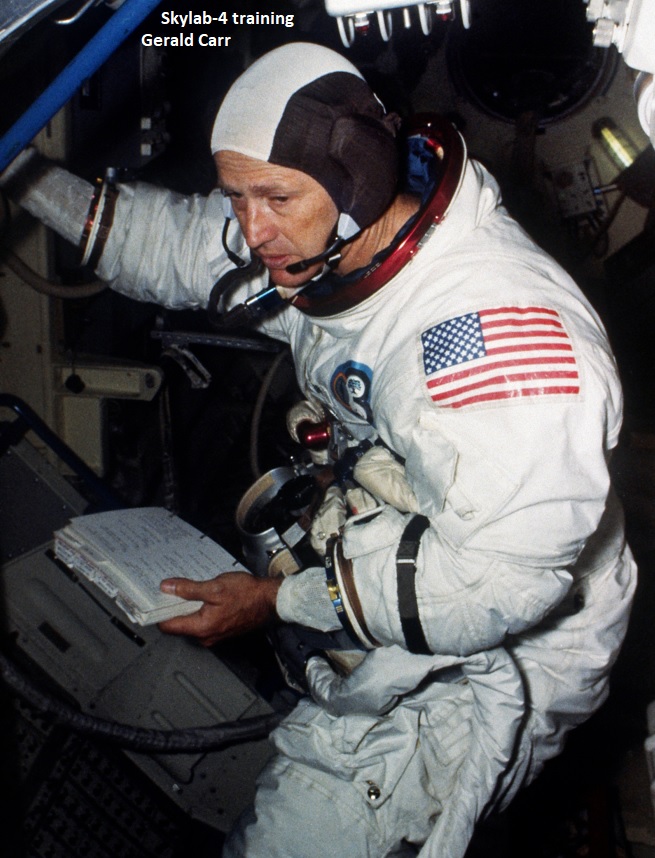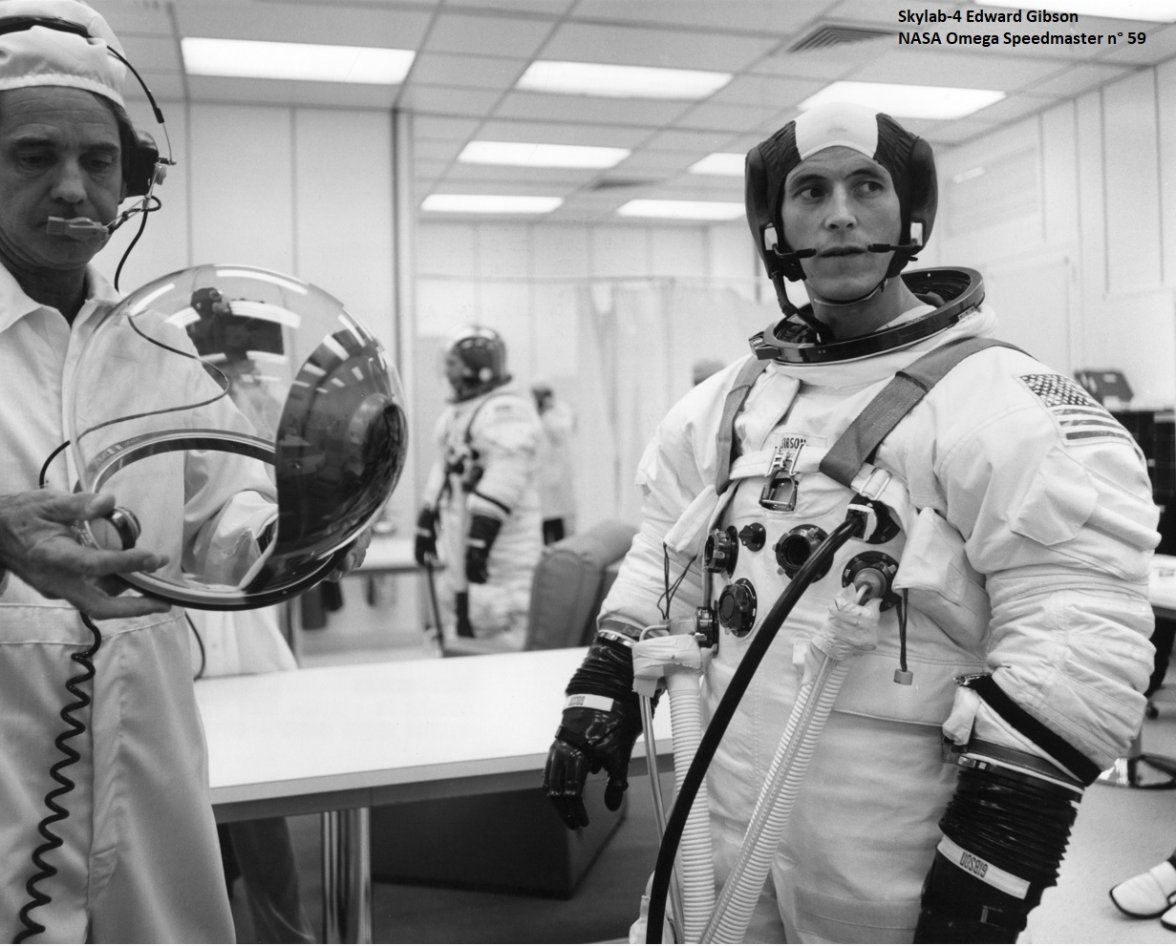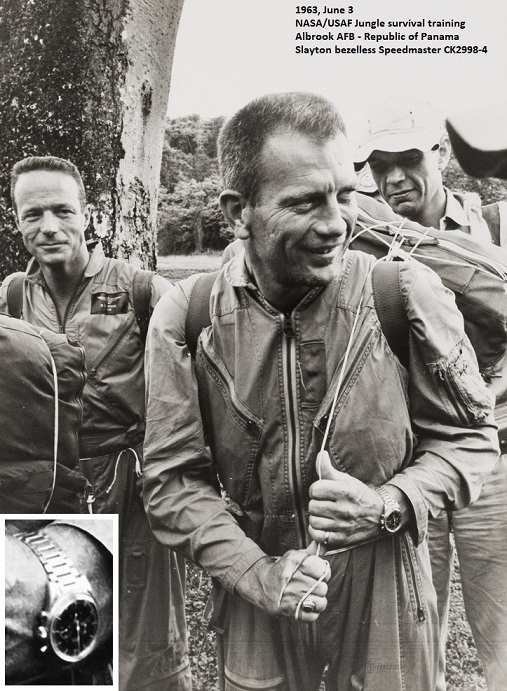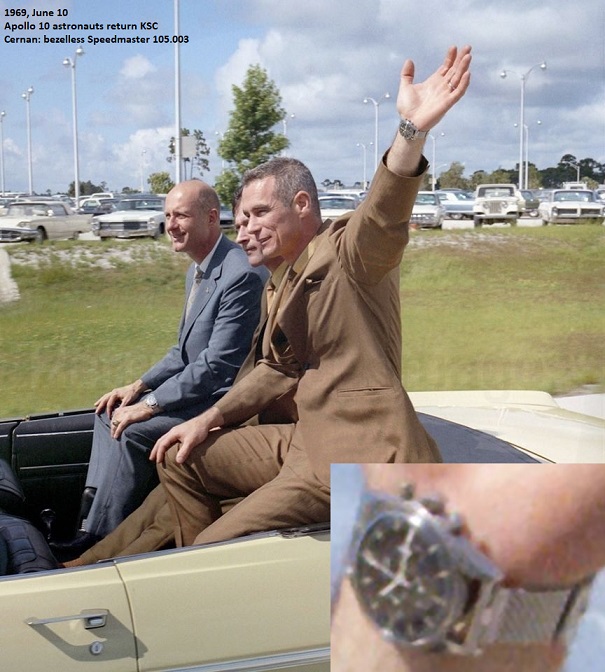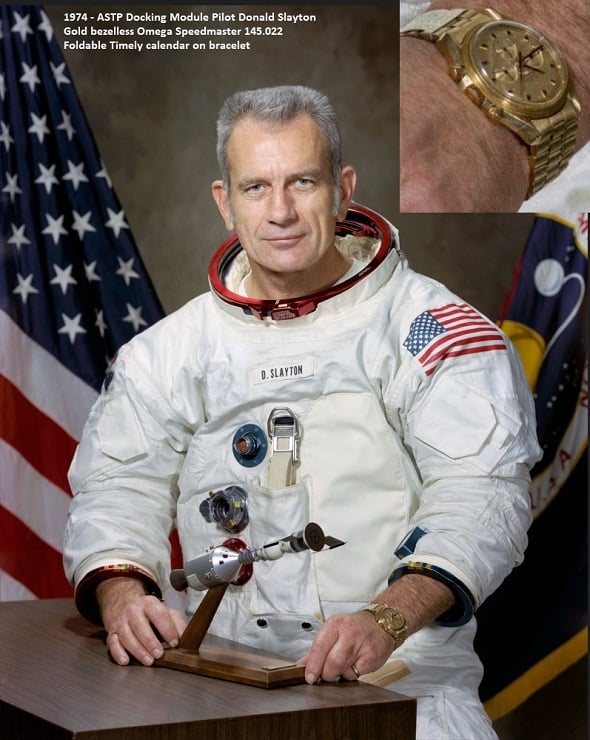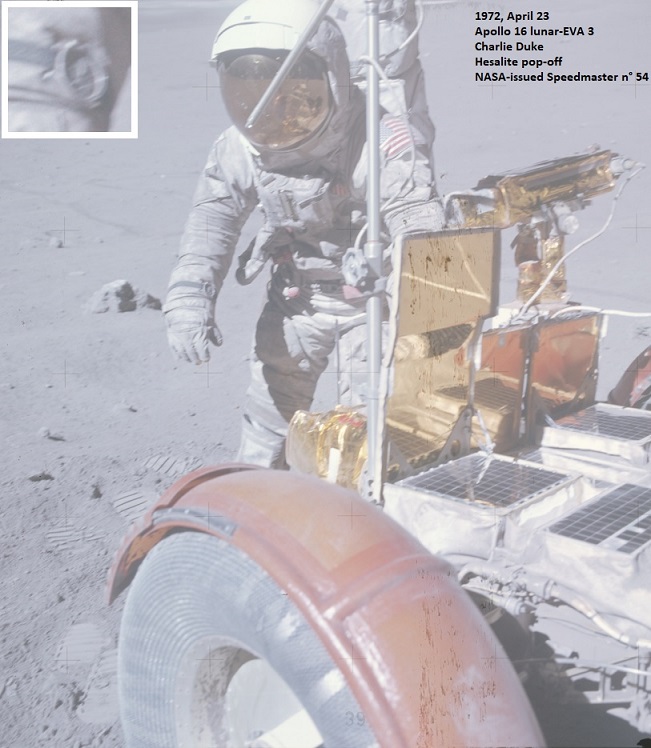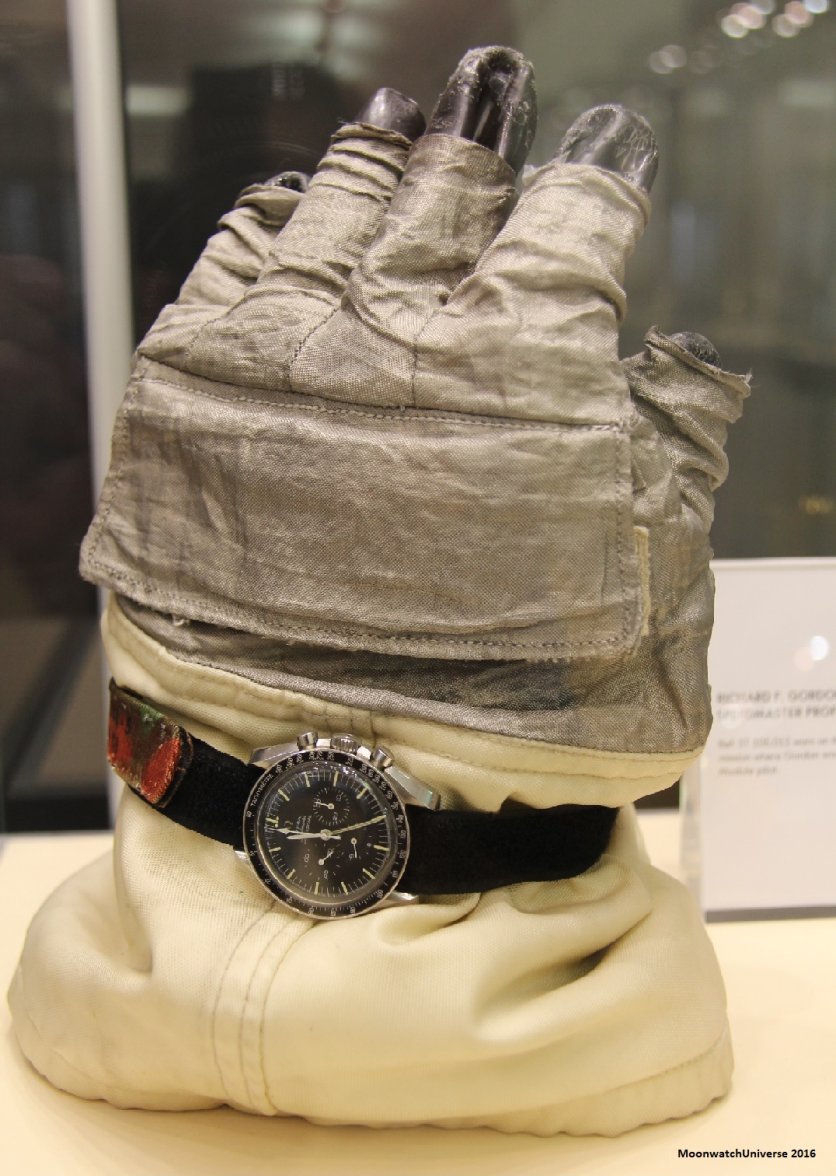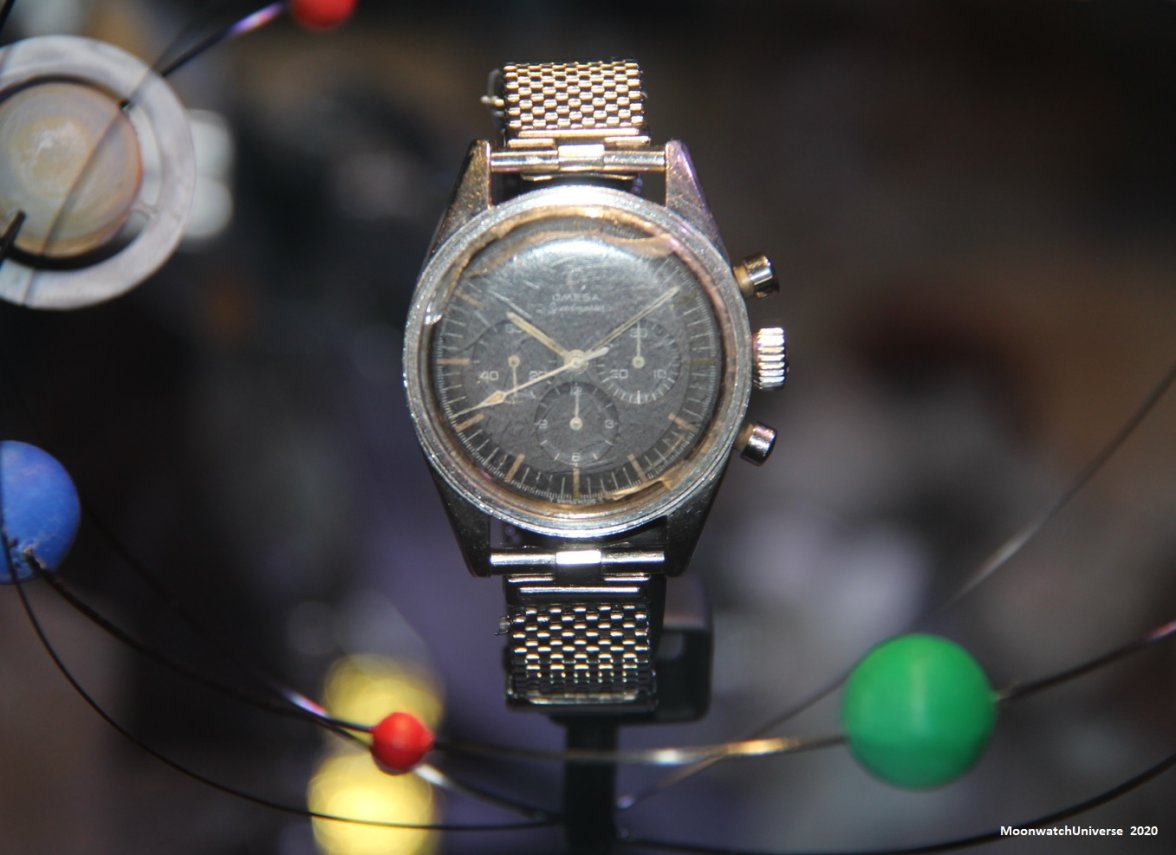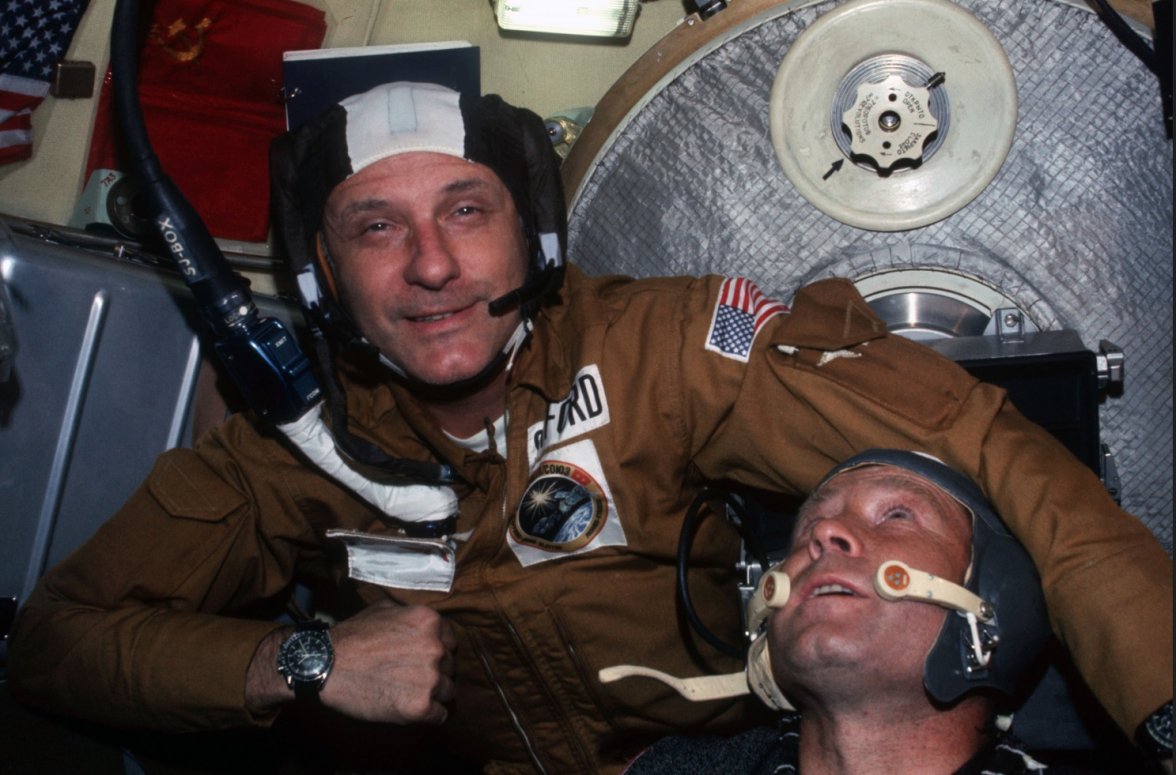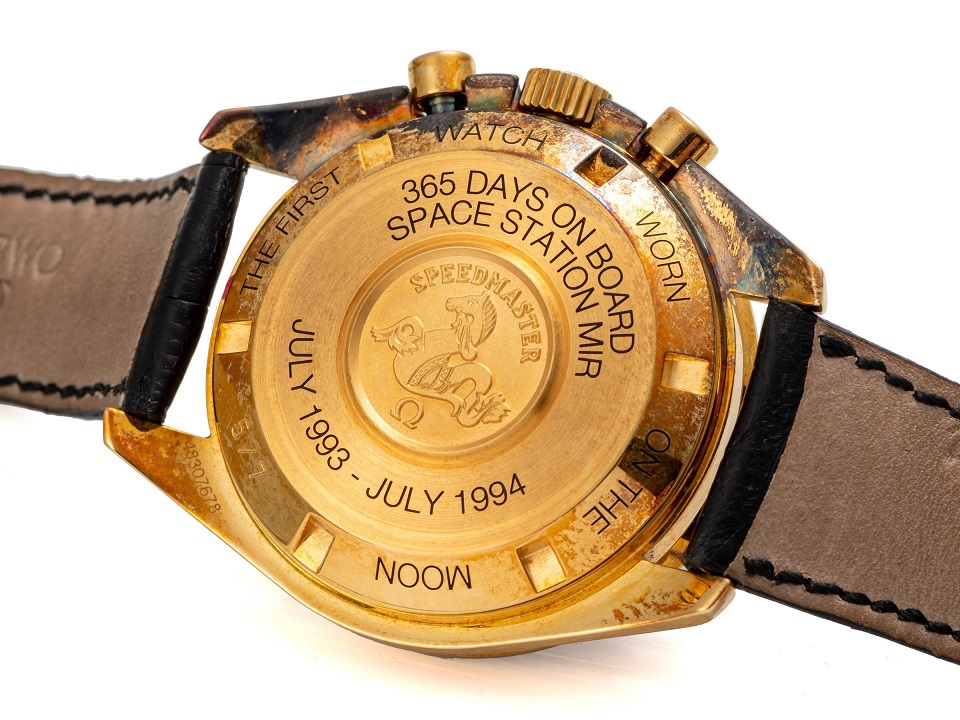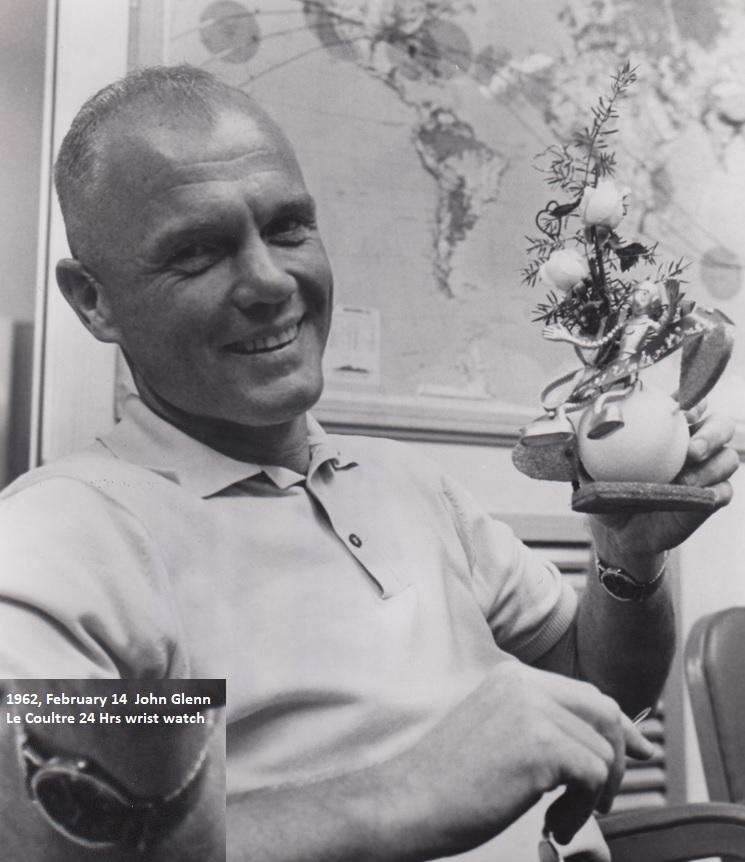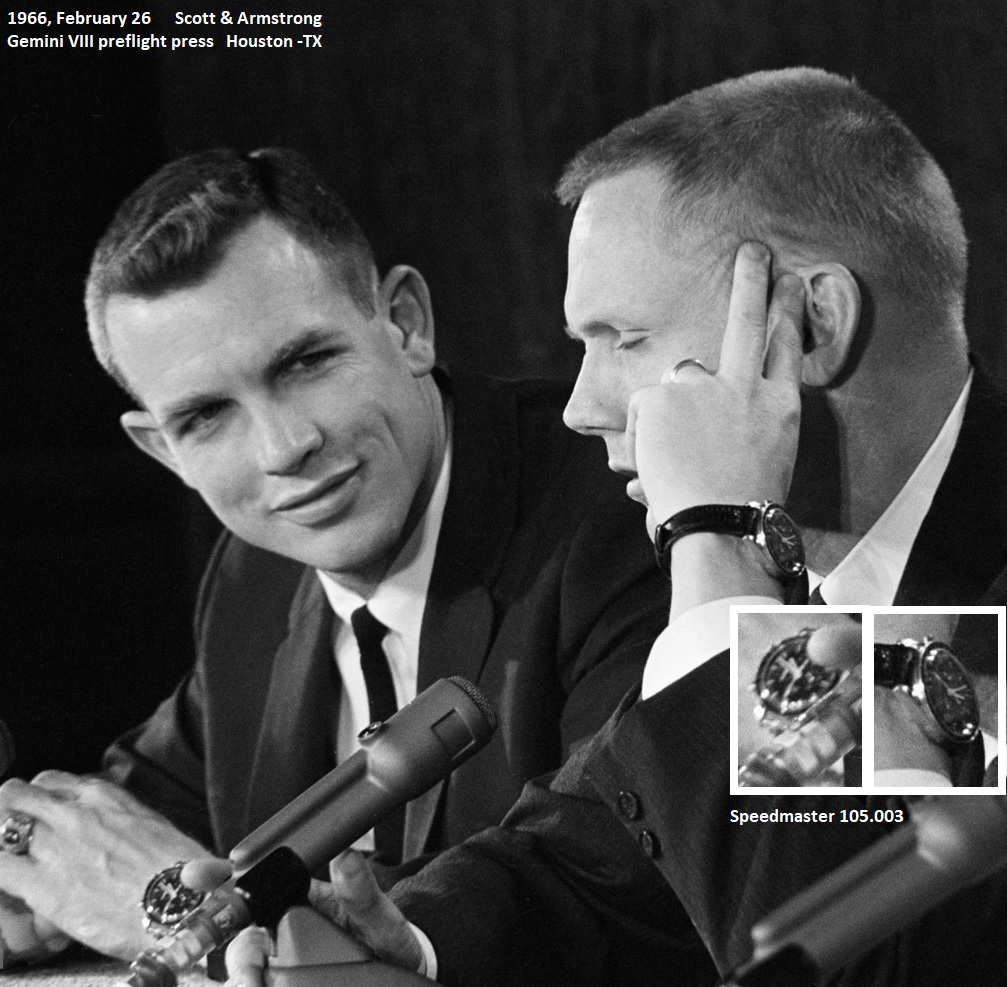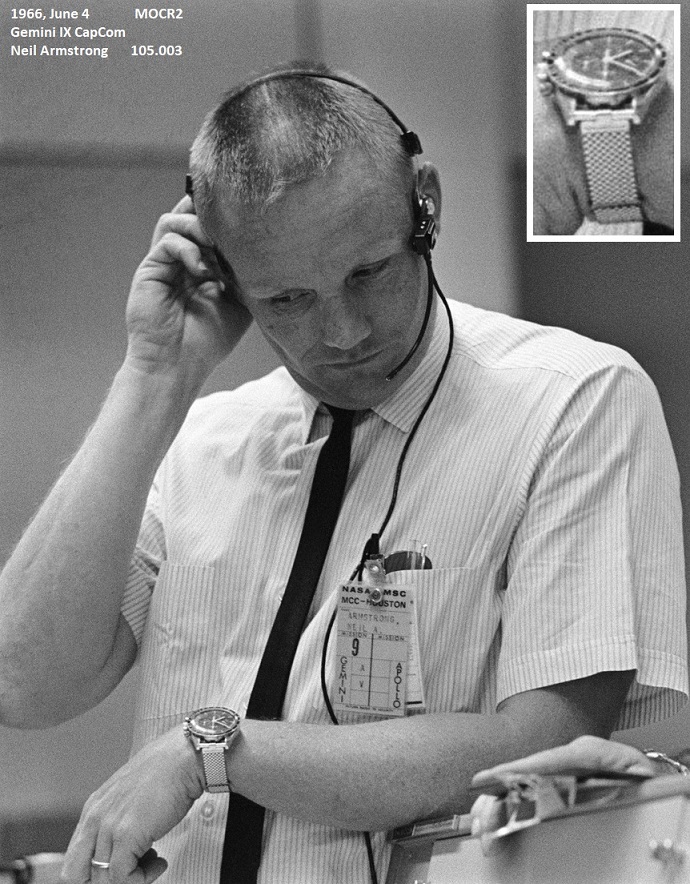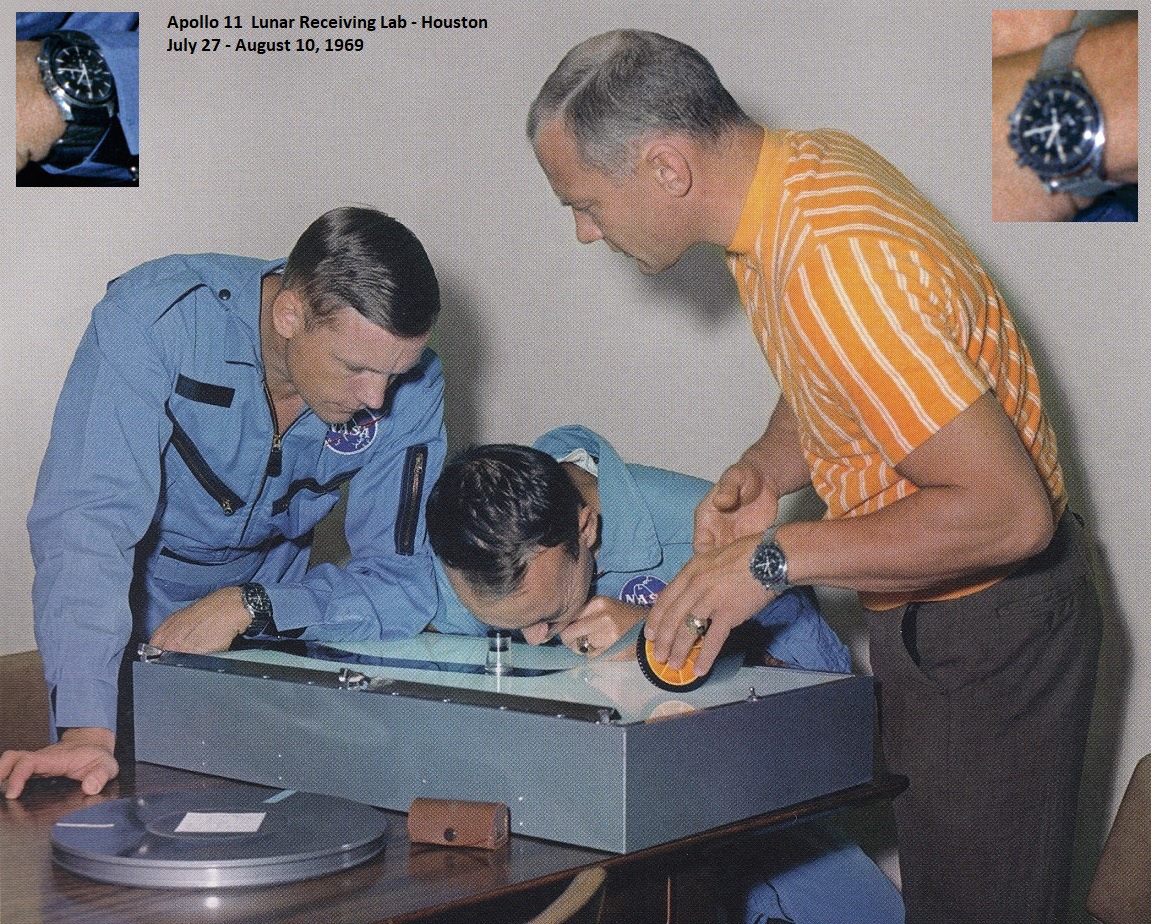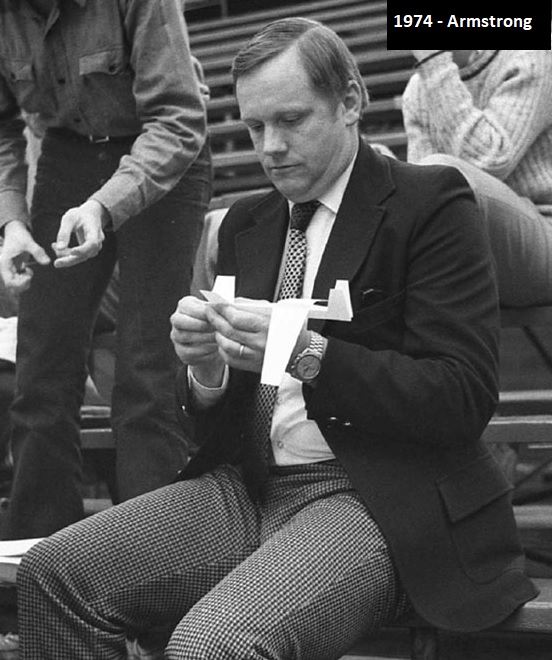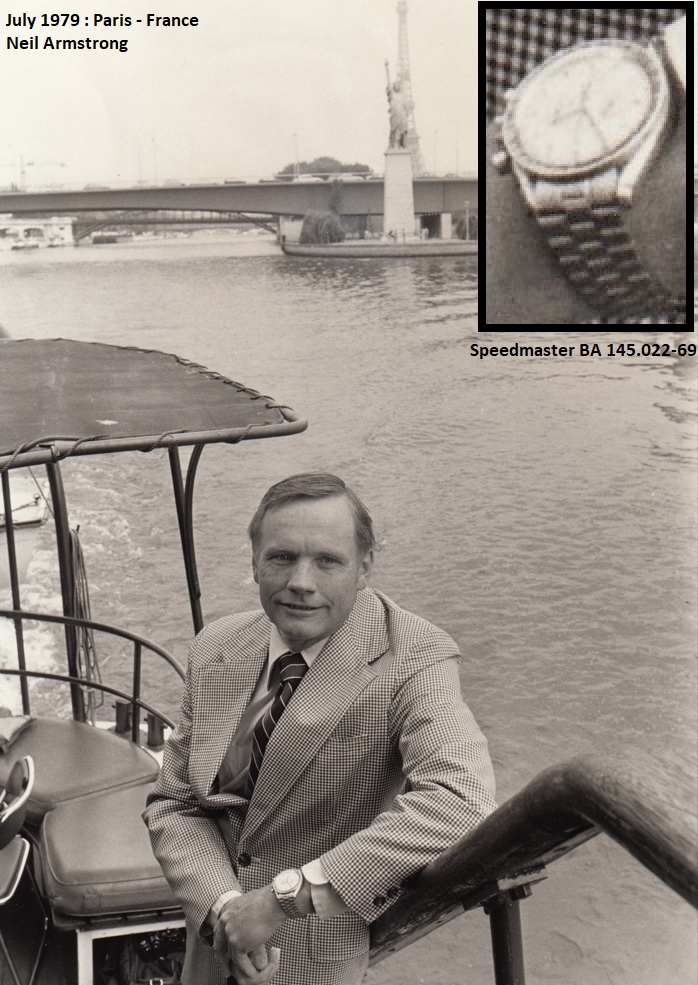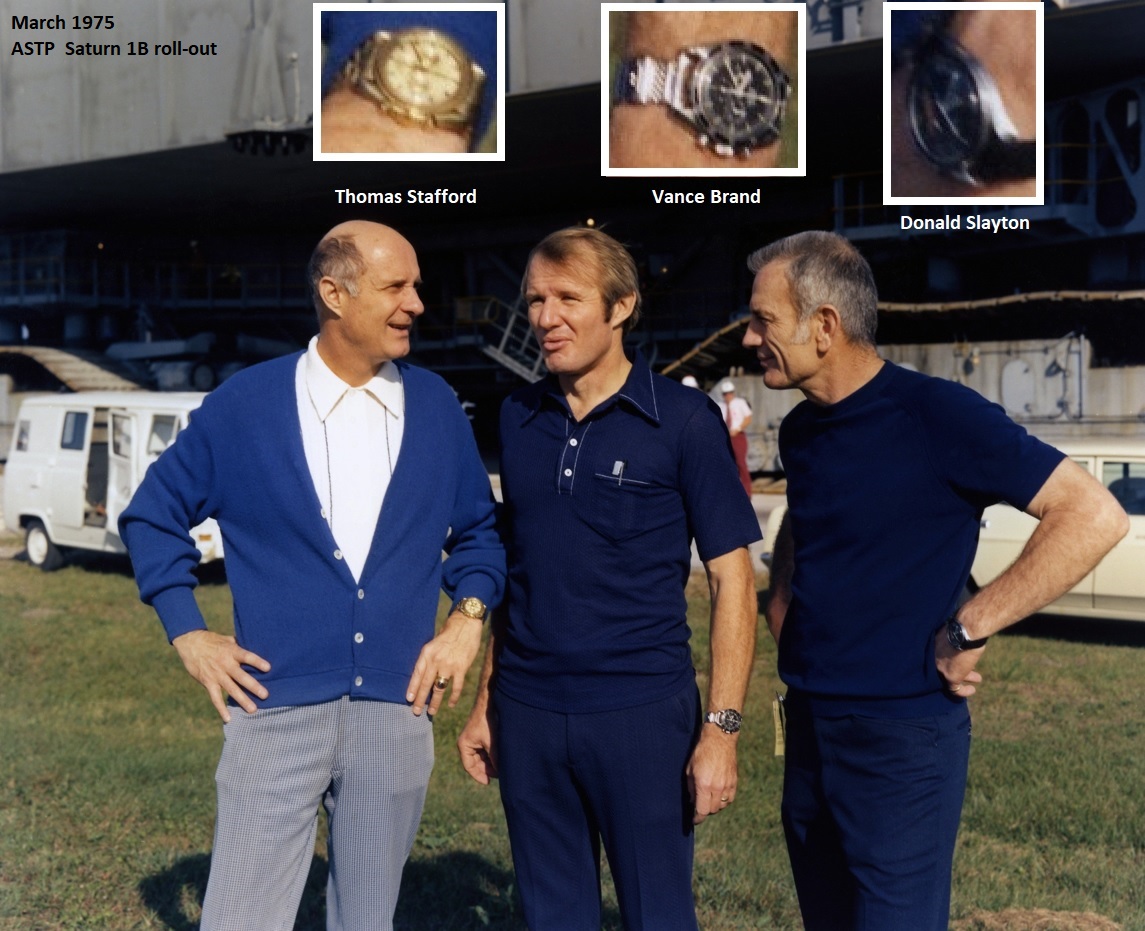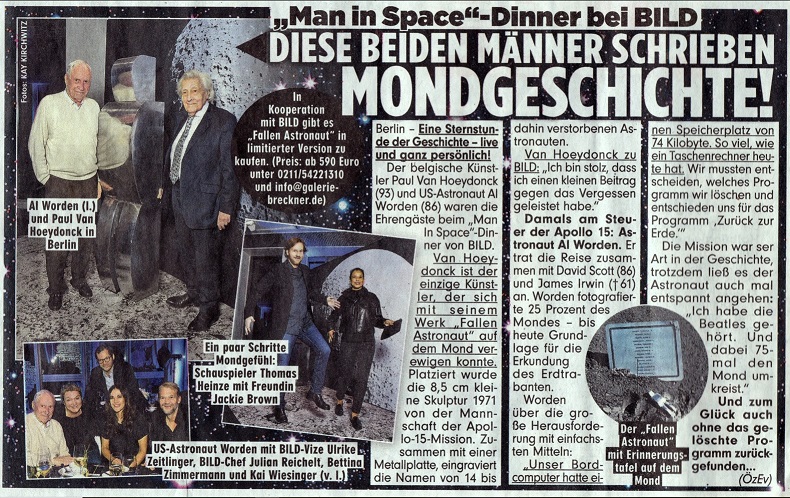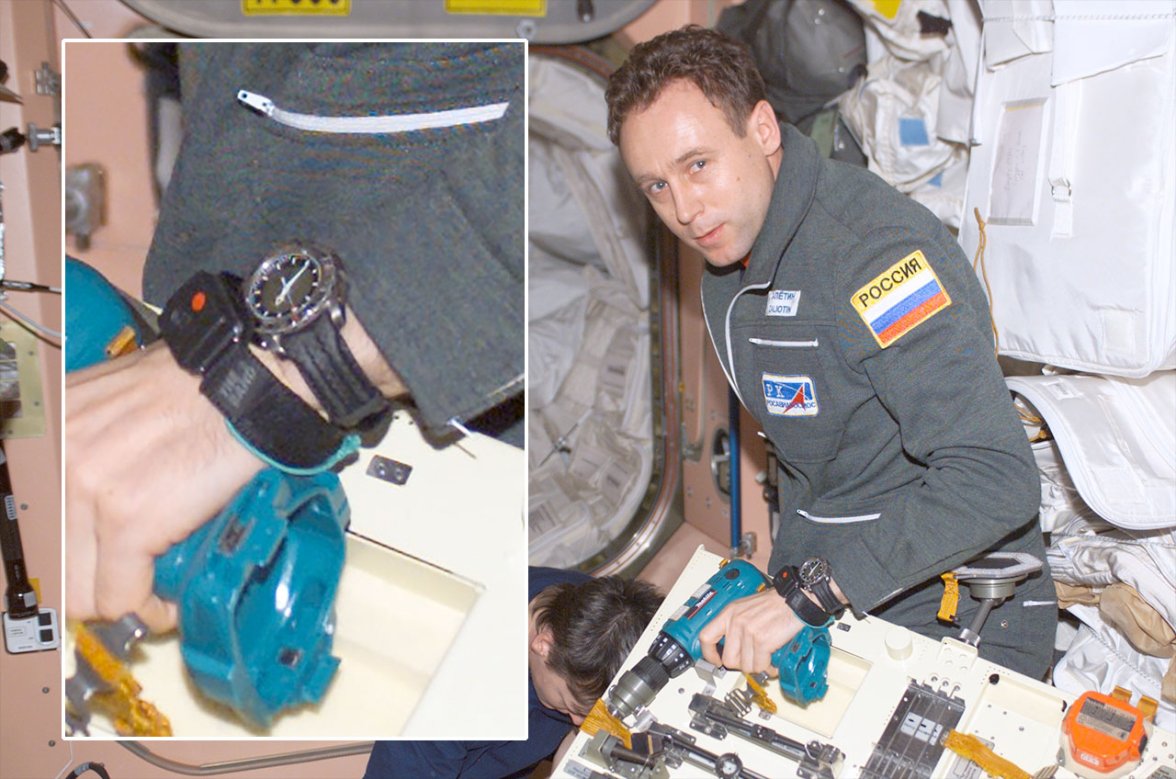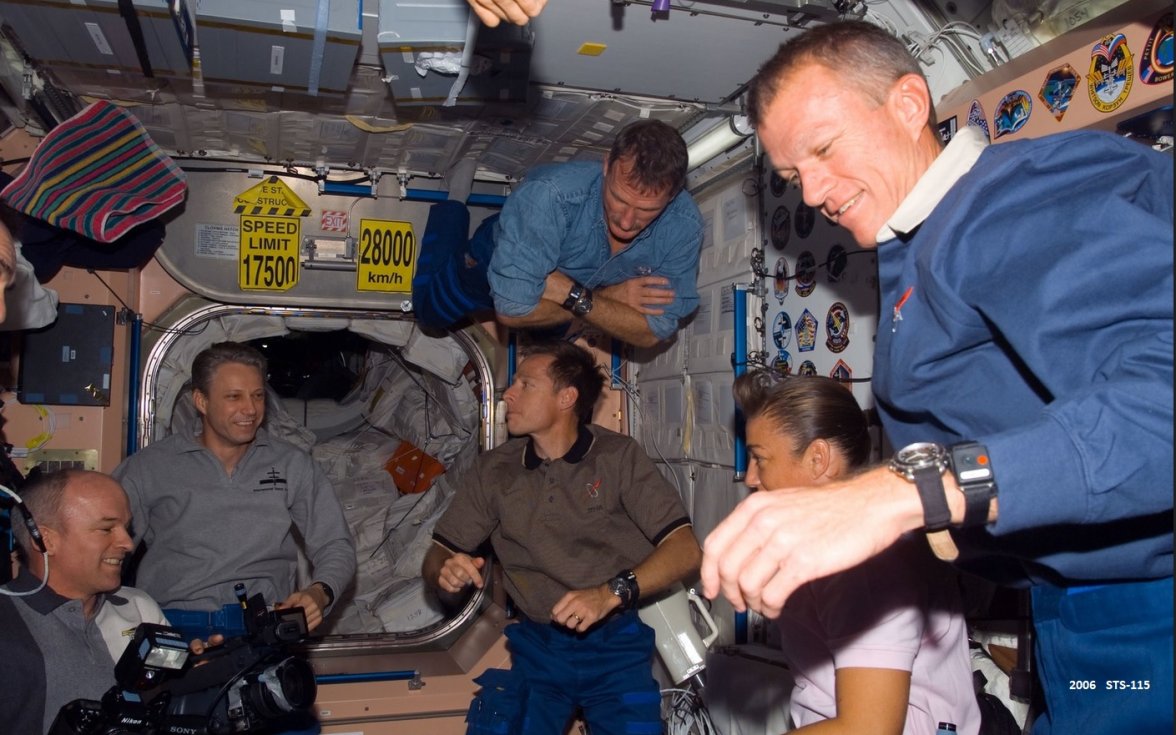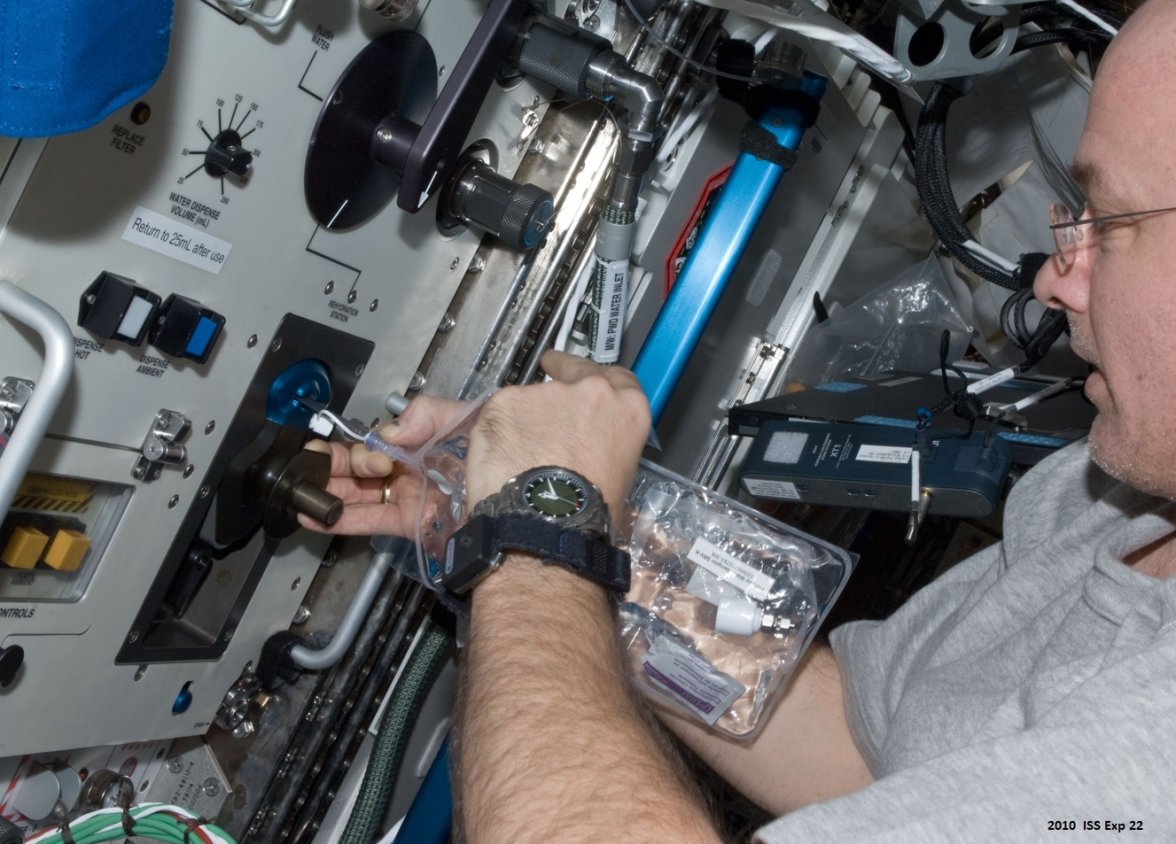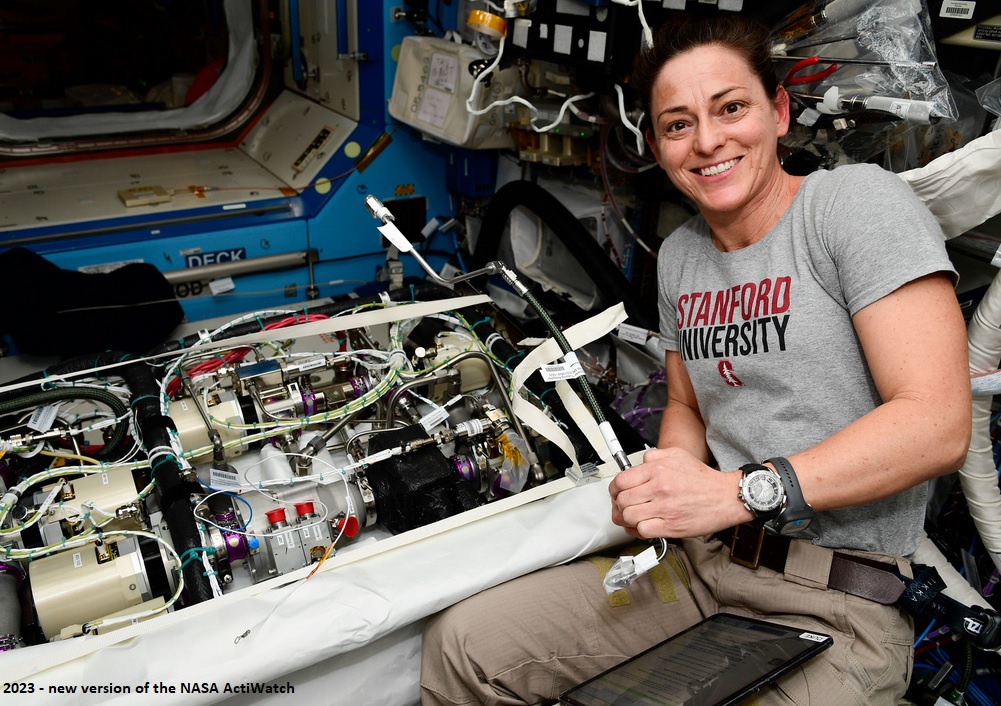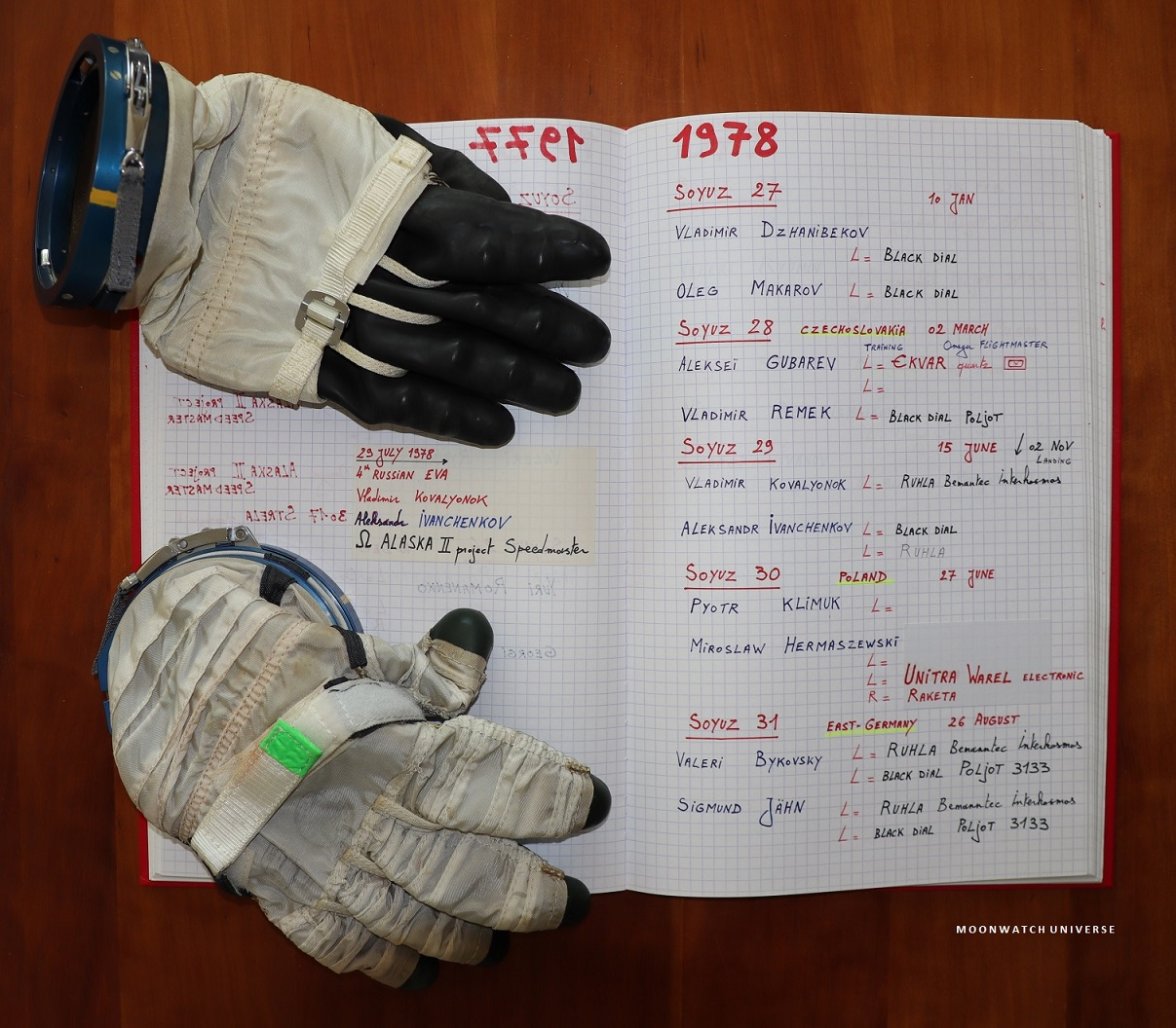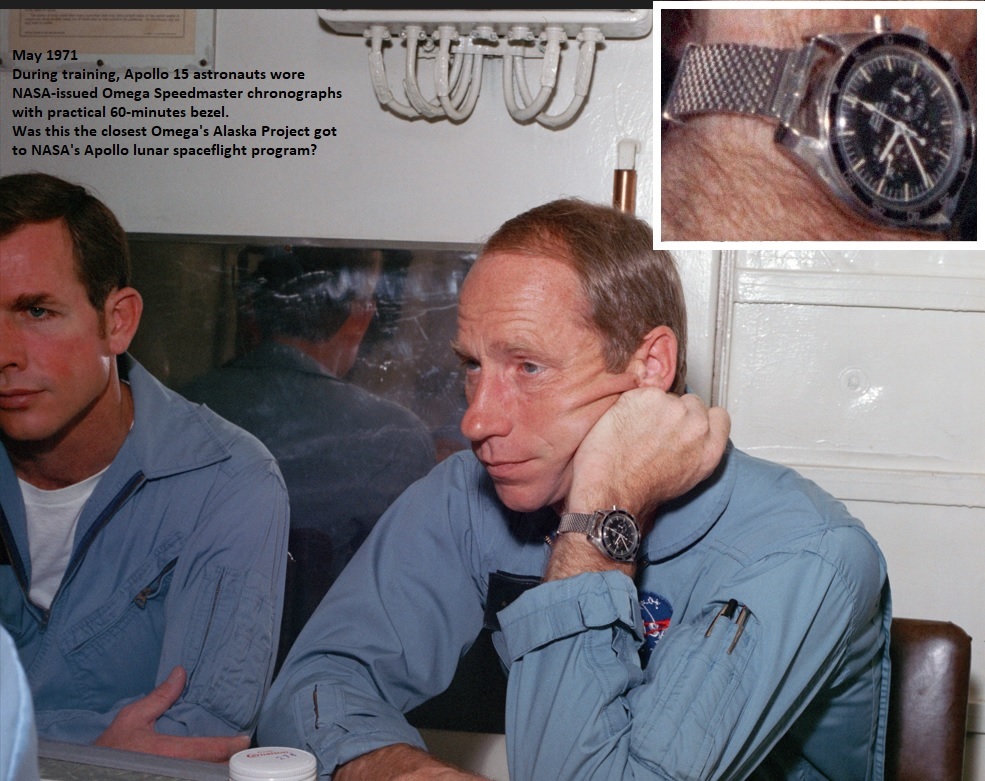Interesting, often asked:
Are astronauts/cosmonauts real wrist watch fans/collectors ?
Well most military are very interested in watches, and many pilots are both interested and fond of pilot watches, the early astronauts/cosmonauts were both (Military + pilots).
Of course as military pilots they were issued a decent pilot watch (USA: Bulova, Russia: Shturmanskie) for their time in service.
The first " Mercury 7 " and early Apollo astronauts received many gifts, among which wrist watches (Accutron, Bulova, Le Coultre, Vacheron Constantin)... some of those were auctioned since the 1990s onwards.
At least several were really wrist watch
lovers as time-period photos show them wearing several watch brands (e.g. 1962
Slayton = Bulova, Breitling and Omega CK2298, 1962
Schirra = Accutron, Bulova, Concord, Eterna and Omega CK2998, 1963
Cooper had the idea to compare his personal Accutron Astronaut against his personal Omega CK2998 during MA-9 mission).
Since Gemini & Apollo, some astronauts decided to wear their personal wrist watch underneath their space suit as a time piece remains a valuable & personal memento of their time in space (LEO & Lunar orbit).
The fact that several modern day astronauts carry multiple wrist watches during their spaceflight missions, shows us some spacefarers might even be "collectors".
Remember dive watches worn during their NASA training in the Aquarius underwater habitat offshore Key Largo (NEEMO) were later worn during their mission, from the Ocean into Space!
☕
Last but not least... astronauts have always been lucrative targets to act as "ambassadors" for watch brands;
(Breitling: French CNES astronaut corps, Buzz Aldrin, Mark Kelly)
(Omega: Tom Stafford, Charlie Duke, Gene Cernan, Nicole Stott)
(Fortis: Russian Cosmonaut corps)
Moreover, some even made it into the Board of Directors (
Stafford for Omega in 1979,
Nicollier for Swatch Group in May 2005)
.
Between 1947 and 2020, the best pilot we have ever seen, the late
Charles Chuck Yeager (1923-2020) only wore Rolex watches... almost for 75 years... in later life his image became the face of Rolex advertising.
.
February 1962, mission delay for NASA astronaut John Glenn wearing a 24 hours dial Le Coultre wrist watch
(Photo: NASA)
